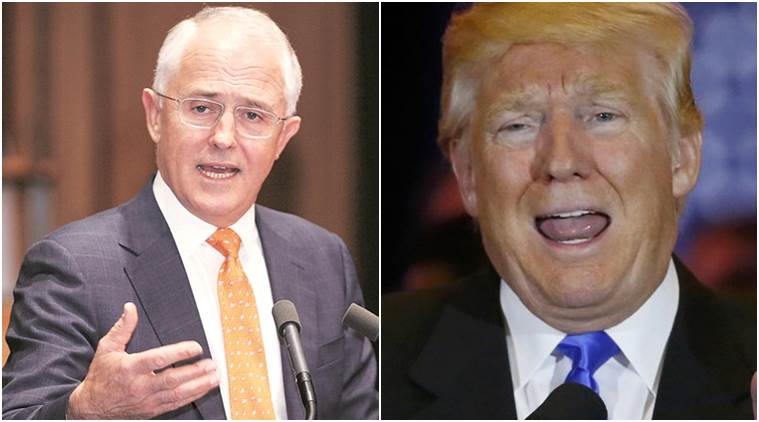Focus for North Korea’s Nuclear Problem Needs to Shift: from THAAD to Peaceful Resolution
(South Korea) on 17 April 2017
by Editorial (link to original)
Given Pence’s comments, it seems clear that the U.S. will continue to opt against military action, at least for now. Although he qualified his statement by saying “all options are on the table,” he suggested Washington would focus its efforts on dealing with Pyongyang through talks, in addition to sanctions and pressure. This approach may not be a direct and immediate help to solve the North Korea situation, but it can at least alleviate the North’s threats.
Indeed, a peaceful resolution to the North Korea problem is critical – what is the point of settling it through non-peaceful means if it’s at the expense of mass destruction and sacrifice? It is welcome news that the U.S. has brought its attention back to the principle implemented as a consequence of the 2005 six-party talks: the goal of denuclearizing the Korean Peninsula in a peaceful manner. Also, the vice president’s remark on the denuclearization of the region is notable because he seemingly repudiated the recent considerations in the U.S. of putting American tactical nuclear weapons back in South Korea or letting the South develop its own nuclear program.
There is a fine line between Pence’s comments on the U.S.’s basic stance on the deployment of the missile-defense system to the South and Hwang’s remark that Seoul has agreed to “the early deployment and operation of the U.S. Forces Korea’s THAAD system.” That is, the U.S. vice president’s statement, which is ambiguously worded – seemingly out of consideration for Seoul – indicates that the Trump administration has changed its position on the early deployment of THAAD. It further reveals the vulnerability of the premise – there would be no shift in Washington’s outlook for the installation – on which the pro-THAAD arguments in South Korea are based. In light of this change, we need to end wasteful strife over the deployment of the defense system, which was caused by a misleading view that THAAD is the only solution to the North’s nuclear and missile threats.
The primary objective of Pence’s trip to South Korea was to reconfirm the unshakability of the U.S.-South Korea alliance amid the turmoil caused by the North’s nuclear threats; another goal was to warn Pyongyang against reckless provocations. The new U.S. administration used this occasion as an opportunity to notify its main ally in the region of a newly defined framework for its North Korea policy. Accordingly, the South Korean government must frame a new policy to eliminate the North’s nuclear menace. There is an urgent need for a new approach and for detailed action plans that lead to a peaceful resolution – strict adherence to sanctions and pressure alone will not make a difference.

